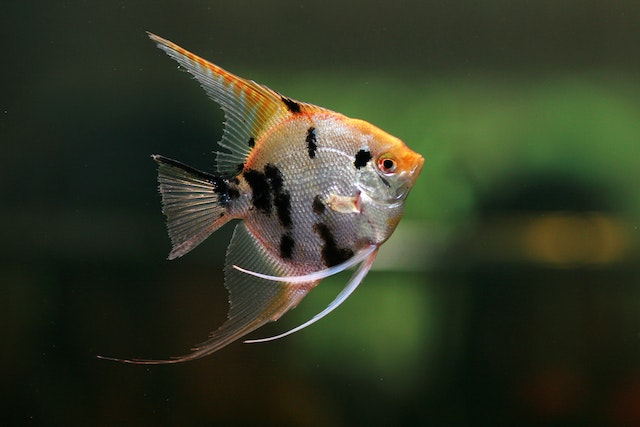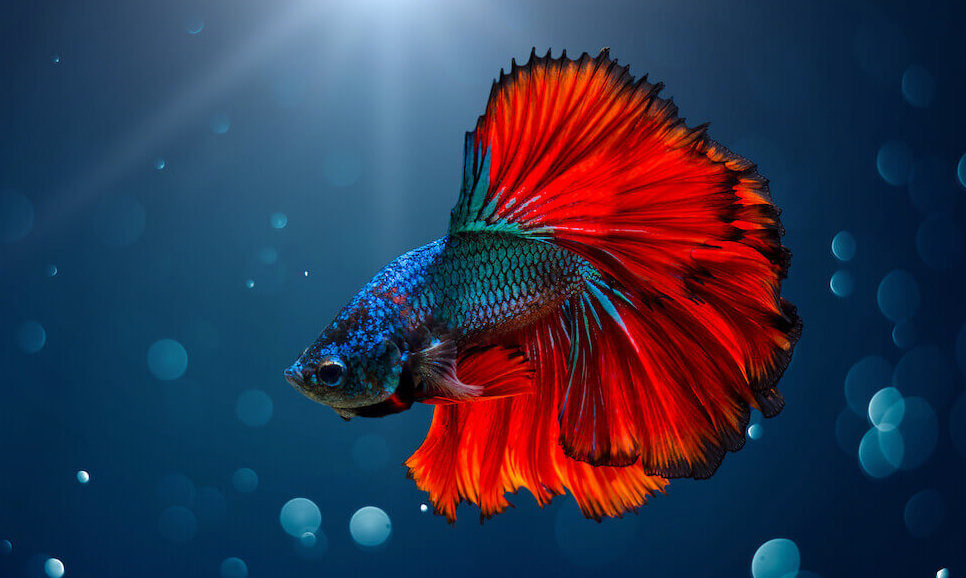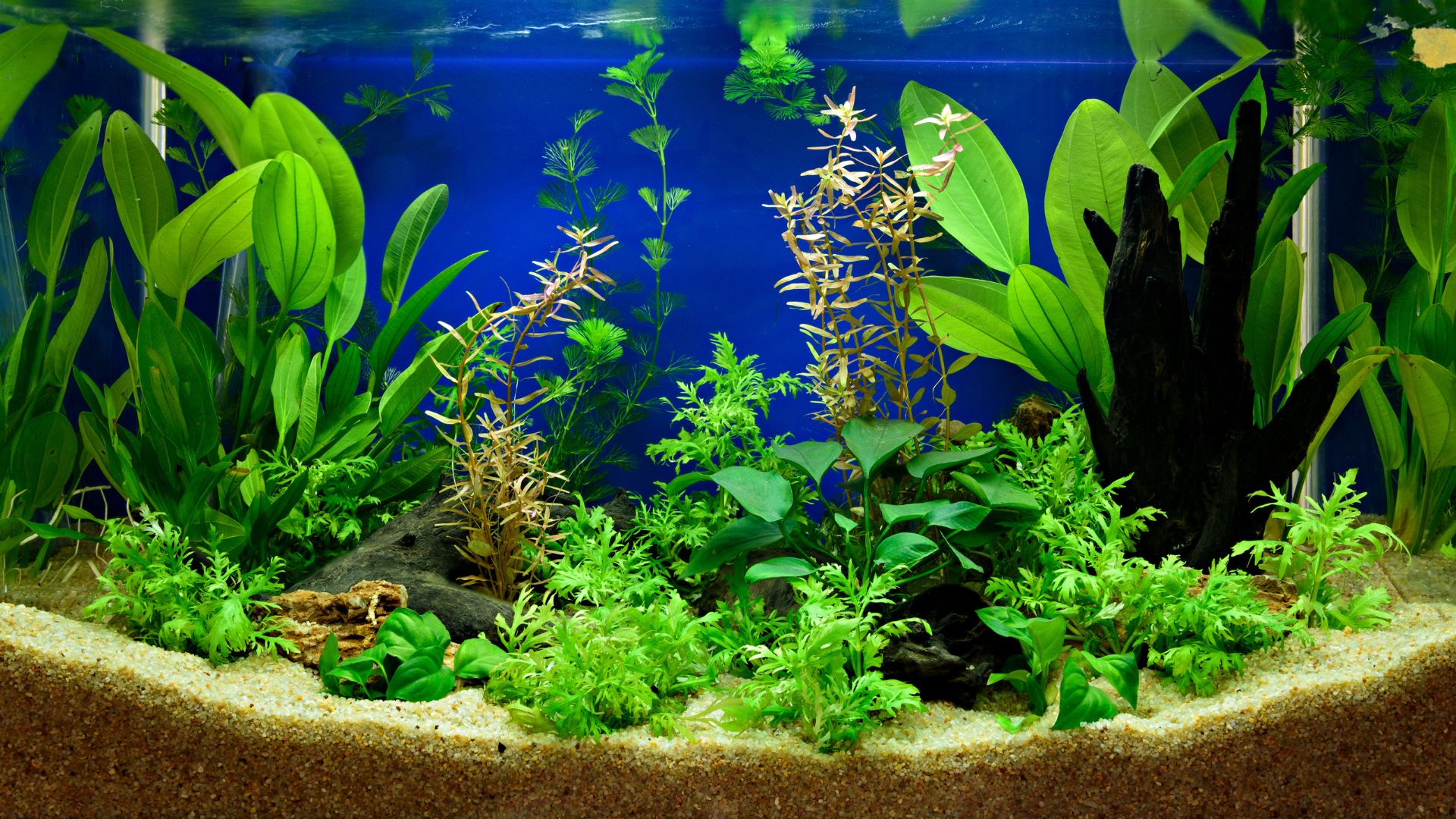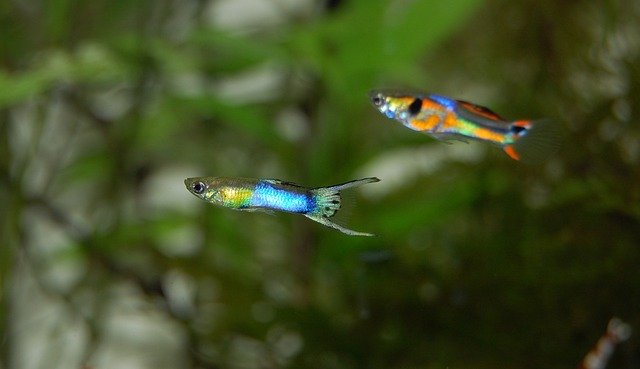Angelfish is a popular freshwater aquarium fish known for their unique shape and vibrant colors. One question that many fish enthusiasts have is whether angelfish make bubble nests.
Some species of fish create bubble nests to protect their eggs and young. They are made by the male fish blowing bubbles and using a special mucus to stick them together.
The short answer is yes; angelfish do make bubble nests.
However, not all angelfish will make bubble nests, and it is primarily the males that do this behavior.
Bubble nests are a sign that the male angelfish is ready to breed, and they typically make the nest in preparation for the female to lay her eggs.
The nest can be made out of bubbles on the water’s surface or attached to a leaf or other surface in the aquarium.
Overview
Angelfish are known for their unique breeding behavior, including creating bubble nests.
This section will explore what bubble nests are and why angelfish make them.
What are bubble nests?
Male angelfish create bubble nests as part of their breeding behavior. These nests are made up of bubbles carefully arranged in a circular pattern on the water’s surface.
The bubbles are created by the male angelfish using their mouths and a special gland that produces a sticky substance that helps the bubbles to stick together.
Why do angelfish make bubble nests?
The primary reason that angelfish make bubble nests is for breeding purposes. The male angelfish creates the nest as a place for the female to deposit her eggs.
The nest bubbles help keep the eggs together and protect them from predators and other threats.
In addition to providing a safe place for the eggs, the bubble nest also serves as a way for the male angelfish to attract a mate.
The nest is a sign of the male’s readiness to breed, and the female will be attracted to the nest and the male’s behavior around it.
Overall, bubble nests are a fascinating aspect of angelfish behavior and an essential part of their breeding process.
By creating these nests, male angelfish can provide a safe and secure environment for their offspring and attract a mate.
How do Angelfish Make Bubble Nests?
Materials Needed
Angelfish require certain elements in their tank to create bubble nests. These include a quiet and secluded environment, a temperature of around 80 degrees Fahrenheit, a pH level of 6.5 to 7.0, and sufficient oxygen levels.
The male angelfish must also be mature and healthy enough to create the nest.
Process of Bubble Nest Creation
Male angelfish create bubble nests to attract female mates and to provide a safe place for their eggs. The process begins with the male selecting a site for the nest, usually on a flat surface or the underside of a leaf.
The male then uses his mouth to collect bubbles of air and saliva, which he spits to create the nest.
Once the nest is created, the male will attempt to entice a female to lay her eggs. If successful, the male fertilizes the eggs and guards the nest until the eggs hatch.
The nest provides a safe environment for the eggs and the newly hatched fry to develop.
In conclusion, angelfish can create bubble nests to provide a safe place for their eggs. The process requires specific materials and a healthy, mature male angelfish.
Factors Affecting Bubble Nest Creation
Water Temperature
Angelfish are tropical fish that require warm water temperatures to thrive. The ideal temperature range for angelfish is between 76°F and 82°F.
If the water temperature falls below 76°F, the angelfish may become lethargic and less likely to build a bubble nest.
On the other hand, if the temperature exceeds 82°F, the water may become too warm, causing the bubble nest to break down.
Water Quality
Water quality is another critical factor that affects bubble nest creation. Angelfish require clean, well-oxygenated water to build bubble nests. Poor water quality can lead to stress and illness, making it difficult for the fish to breed.
It is recommended to perform regular water changes and maintain proper filtration to keep the water clean and healthy.
Lighting
Lighting can also play a role in bubble nest creation. Angelfish prefer dimly lit environments, and bright lighting can cause stress and make building a bubble nest difficult.
Using low-intensity lighting or providing shaded areas in the aquarium is recommended to create a suitable environment for bubble nest building.
Availability of Mating Partner
Finally, the availability of a mating partner can also affect bubble nest creation. Angelfish are social creatures and require a mate to breed successfully. The angelfish may not build a bubble nest if a suitable mate is unavailable. Ensuring a compatible mate in the aquarium before attempting to breed angelfish is essential.
In summary, water temperature, water quality, lighting, and availability of a mating partner are all important factors that can affect bubble nest creation in angelfish.
You can increase the likelihood of successful breeding and bubble nest building by providing a suitable environment and ensuring that the fish are healthy and stress-free.
Conclusion
In conclusion, the research indicates that angelfish make bubble nests only under certain conditions. The male angelfish is responsible for building the nest, made up of bubbles created using saliva and mucus. The nest serves as a place for the male to attract a mate and protect the eggs.
While bubble nests are common in angelfish, it is essential to note that not all will build them. Factors such as water quality, temperature, and the presence of other fish can all impact whether or not an angelfish will build a nest.
Additionally, some angelfish may not have the instinct to build a nest.
Overall, it is clear that bubble nests are an essential part of the reproductive behavior of angelfish. By understanding the conditions under which they are built, fish owners can provide the optimal environment for their angelfish to exhibit this fascinating behavior.




